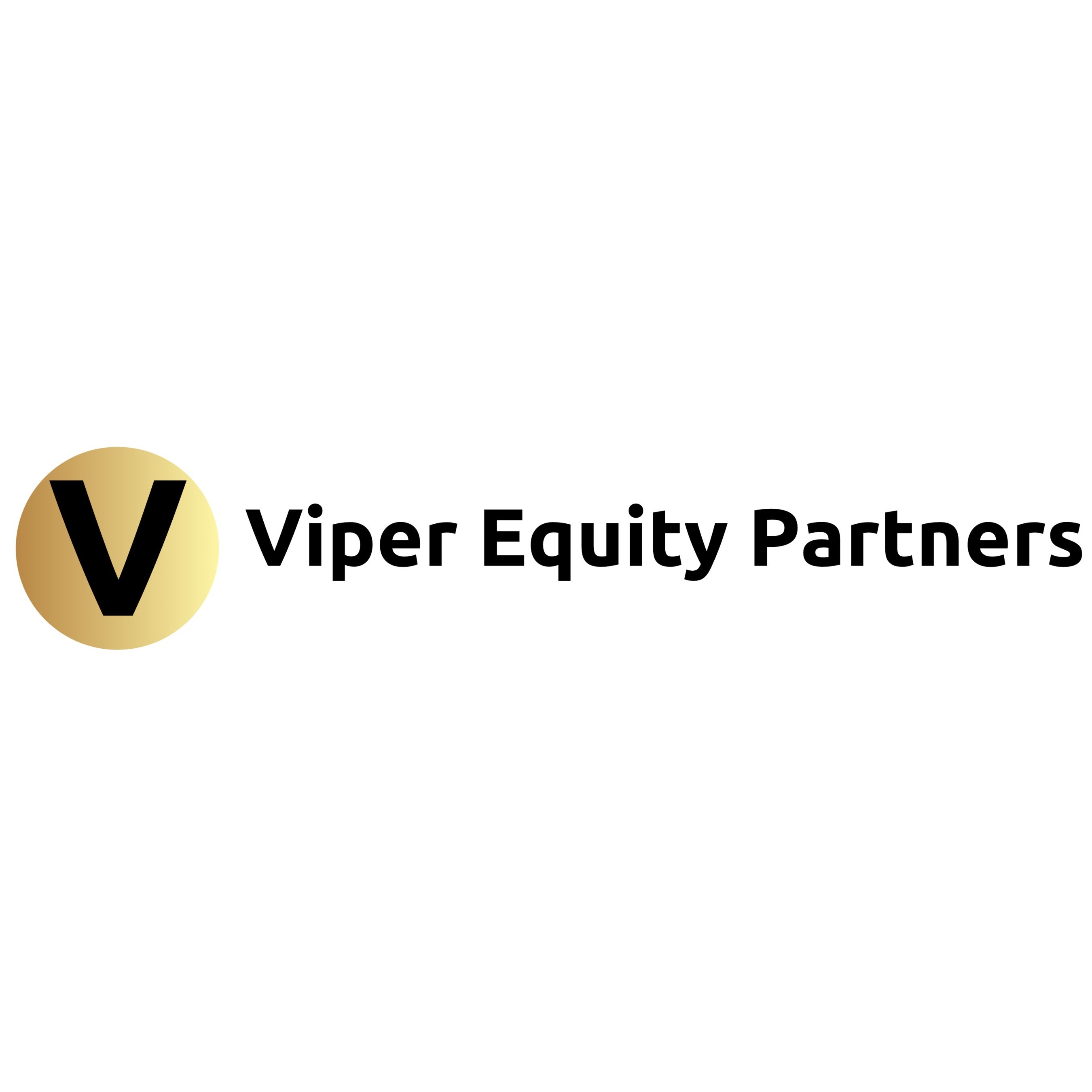In recent years, there has been a significant increase in the importance of environmental, social, and governance (ESG) factors in mergers and acquisitions (M&A) transactions. ESG refers to the non-financial factors that companies use to measure their sustainability and ethical impact. In this blog post, we will discuss the rise of ESG in M&A and why it is becoming increasingly important for companies to consider these factors in their decision-making process.
One of the main drivers behind the rise of ESG in M&A is the growing awareness of the impact that companies have on the environment and society. Investors and consumers are increasingly demanding that companies operate in a sustainable and ethical manner, and ESG has emerged as a key way for companies to demonstrate their commitment to these principles. This means that companies that prioritize ESG are more likely to attract investment and consumer interest, making it an important consideration in M&A transactions.
ESG is also becoming more important in M&A due to changing regulations and legal requirements. Governments around the world are introducing new regulations and laws that require companies to consider their impact on the environment and society. For example, the European Union has introduced regulations that require companies to report on their sustainability practices, while the United States is considering new regulations that would require companies to disclose their ESG performance.
Another factor driving the rise of ESG in M&A is the potential financial benefits that can be derived from sustainable and ethical practices. Companies that prioritize ESG are more likely to have strong risk management practices and a focus on long-term sustainability, which can lead to improved financial performance over time. This means that companies that prioritize ESG may be more attractive targets for M&A, as they offer potential acquirers a more stable and sustainable business model.
Despite the growing importance of ESG in M&A, there are still challenges that need to be addressed. One of the main challenges is the lack of standardization and consistency in ESG reporting and measurement. This makes it difficult for companies to compare and evaluate potential acquisition targets based on their ESG performance. To address this issue, there are initiatives underway to develop standardized ESG reporting frameworks and metrics.
In conclusion, the rise of ESG in M&A is a trend that is likely to continue in the coming years. Companies that prioritize ESG are more likely to attract investment and consumer interest, while also potentially benefiting from improved financial performance. However, there are still challenges that need to be addressed in terms of standardization and consistency in ESG reporting and measurement. By addressing these challenges, companies can better integrate ESG into their M&A decision-making process and position themselves for long-term success.

